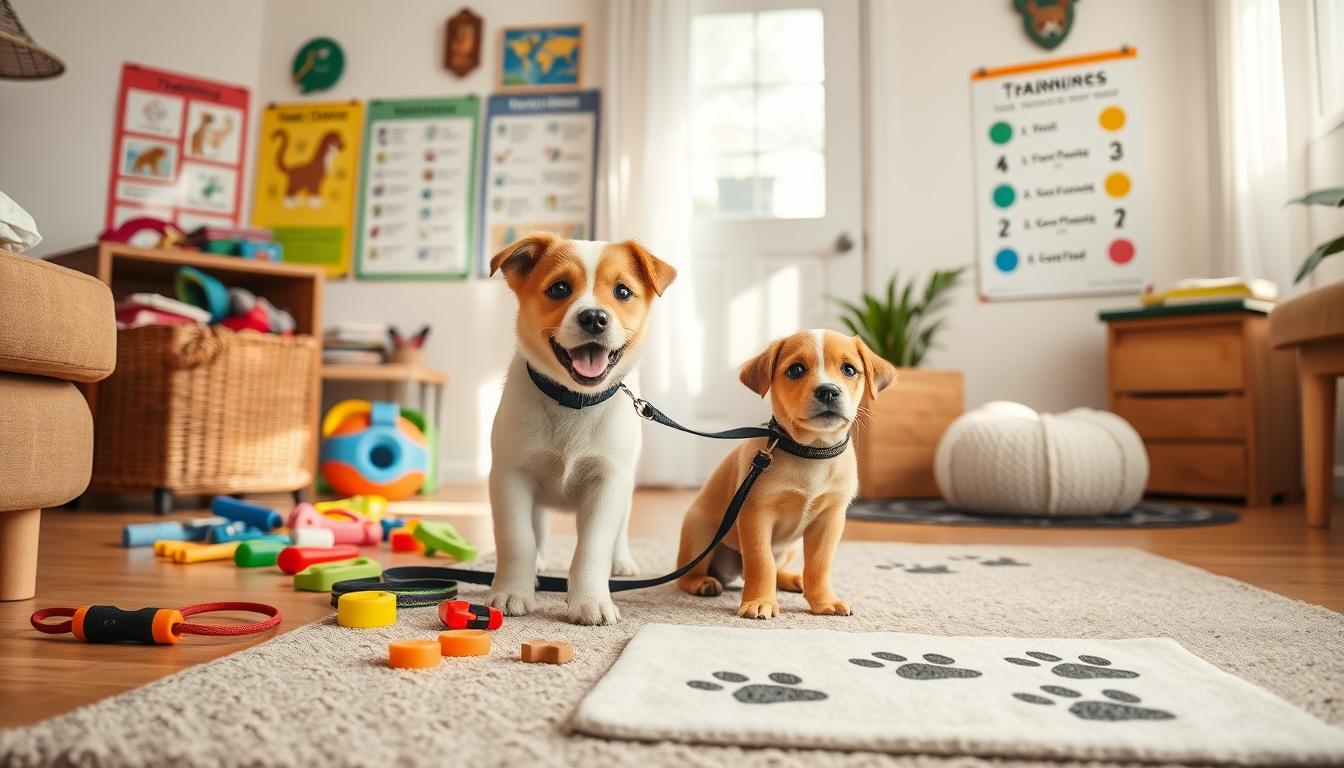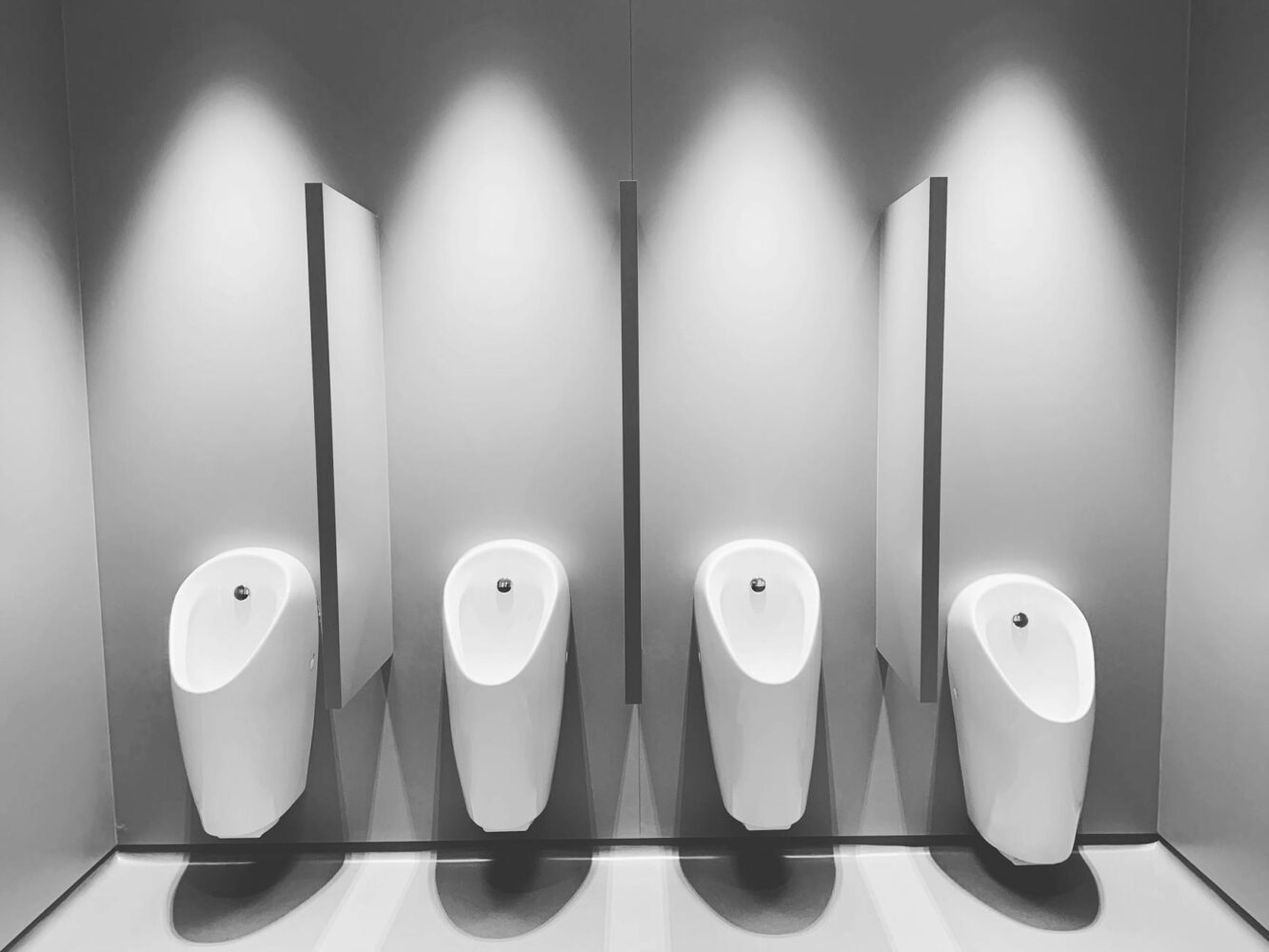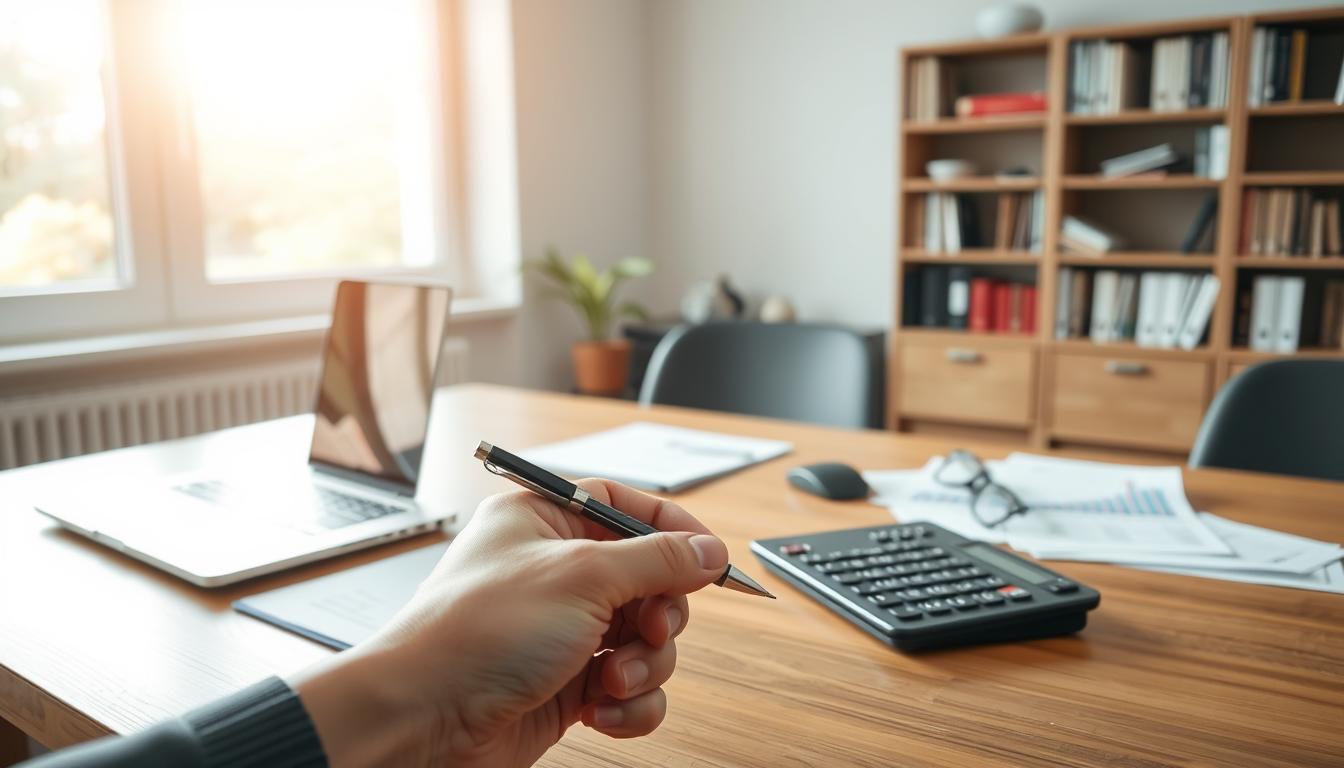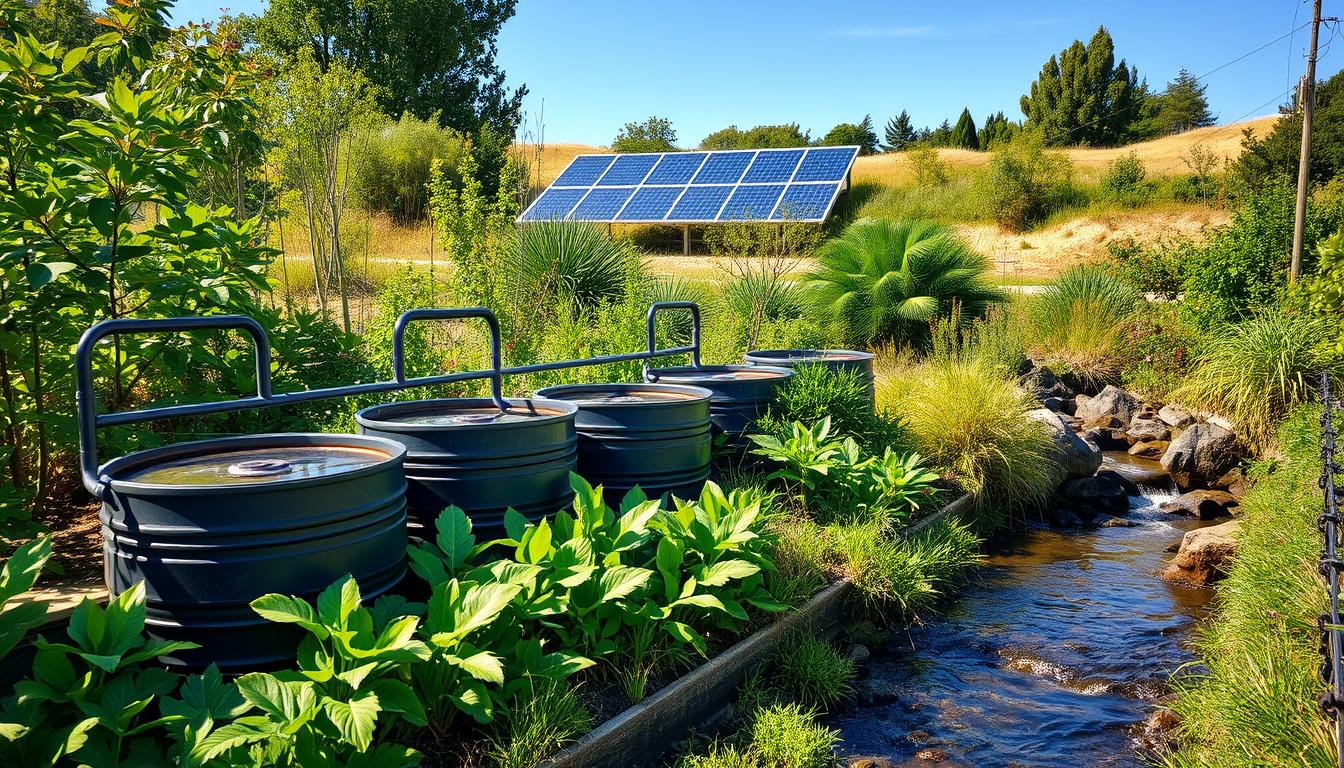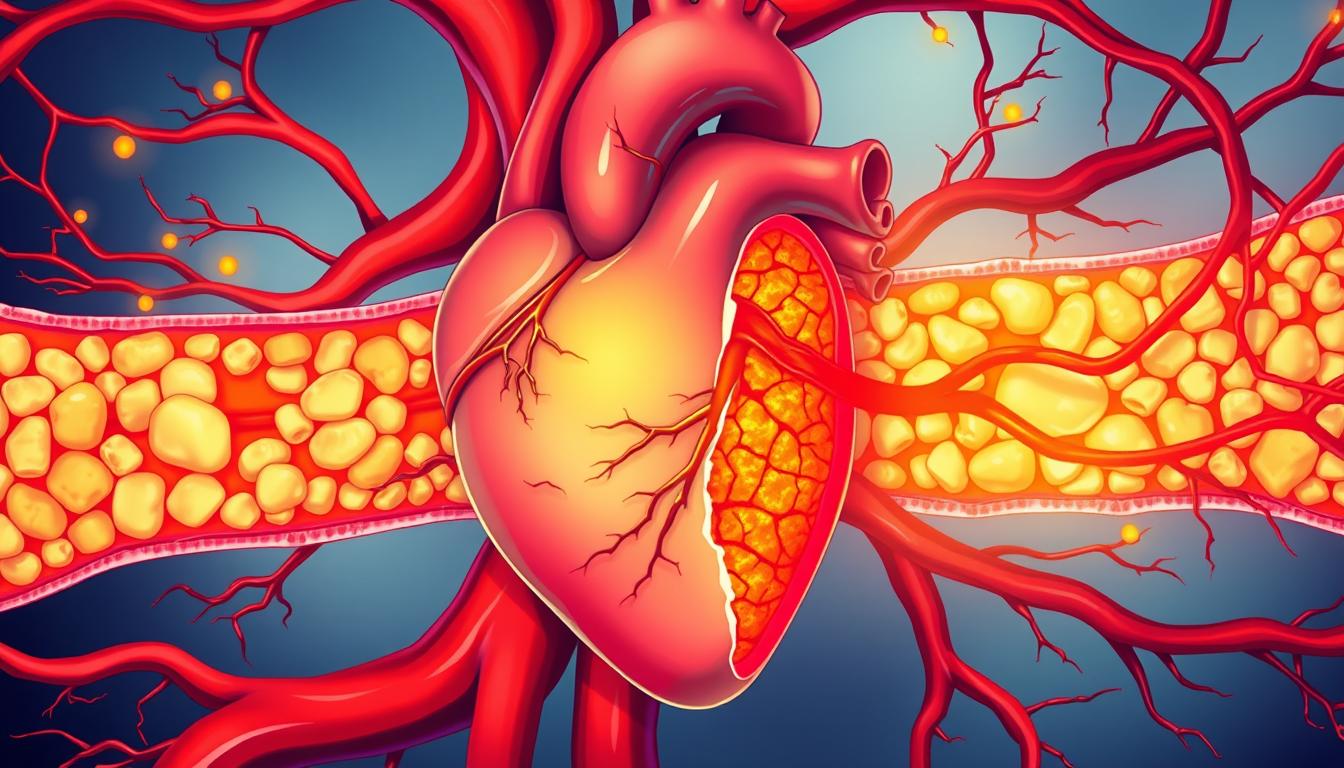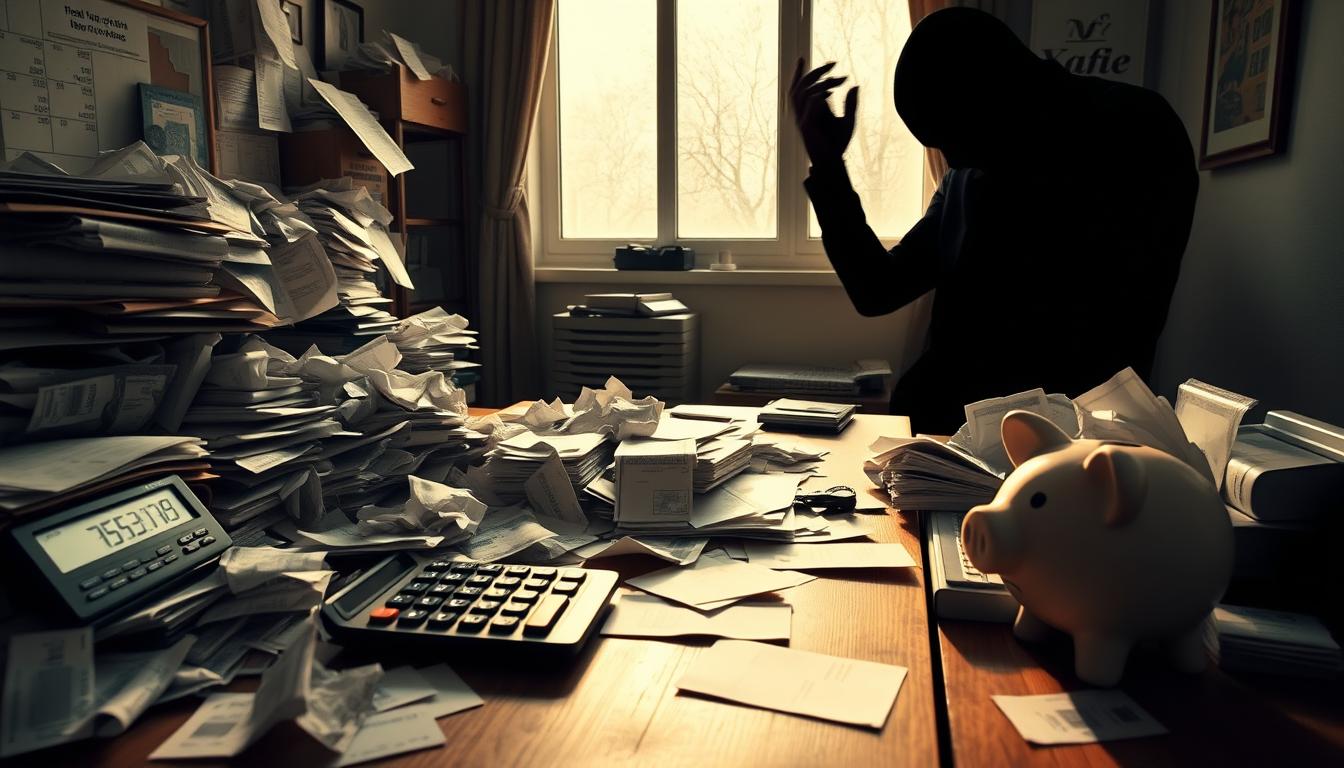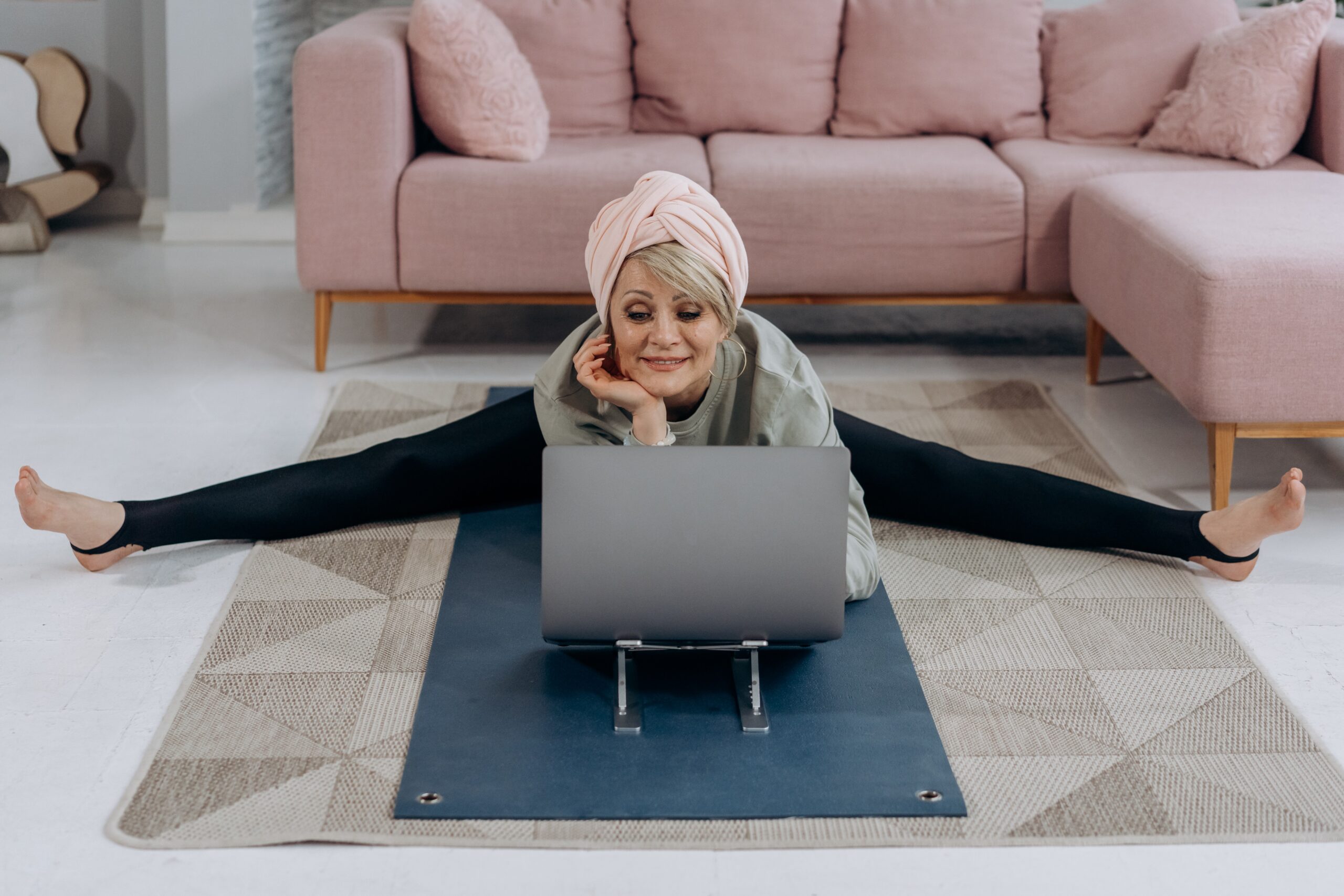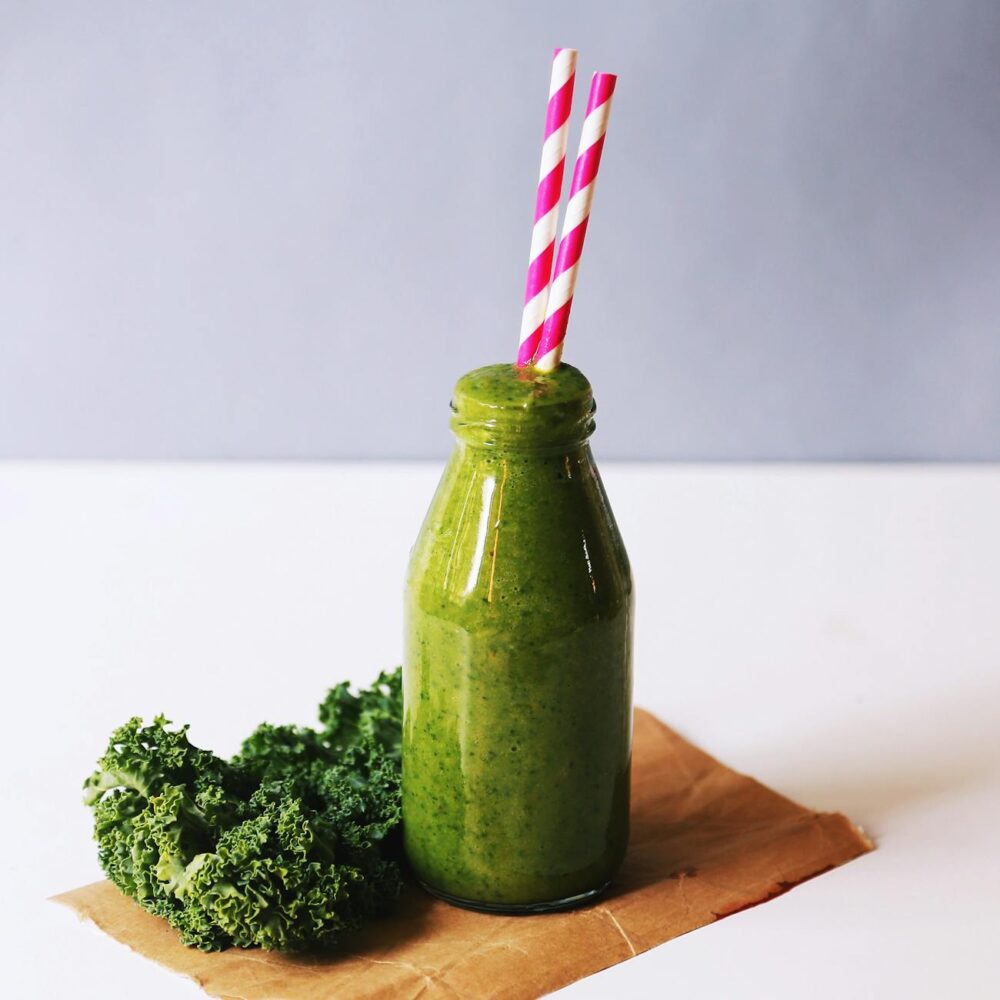Ever wondered why some puppies learn fast while others take longer? It’s all about the right puppy training methods. This guide is for new pet owners. It shows you how to start training your puppy right.
Training your puppy takes time and effort. But it’s worth it. You’ll learn commands and grow closer to your puppy. Start your puppy training journey today with fun tips for both of you.
Key Takeaways
- Understanding your puppy’s behavior is crucial for effective training.
- Establishing clear training goals helps guide the training process.
- Consistency is key in developing successful training habits.
- Patience and persistence are essential for long-term success.
- Use reliable resources for further insights into puppy training.
Understanding Puppy Development Stages
Puppy development stages are very important. They shape your puppy’s future behavior and personality. Between 3 to 14 weeks, socialization is key. It helps your puppy get along with the world.
Introduce your puppy to different things, people, and animals. This can stop future behavior problems.
Critical Periods for Socialization
Early socialization is very important. Puppies are open to new things during this time. Here are some key points:
- 3 to 5 weeks: Meeting littermates is vital for social skills.
- 5 to 7 weeks: Exposing your puppy to sounds and sights helps reduce fear.
- 7 to 14 weeks: This is the best time to meet new people and animals.
Physical and Mental Development Milestones
Each stage of puppy development has big milestones. From weaning to teething and more. Knowing these milestones helps you understand your puppy’s needs:
| Stage | Physical Development | Mental Development |
|---|---|---|
| Birth to 3 weeks | Eyes and ears start to open | Basic sensory exploration begins |
| 3 to 6 weeks | Begin to walk and play | Learning social cues from mother and siblings |
| 6 to 12 weeks | Teething starts | Developing problem-solving skills |
| 3 to 6 months | Growth spurts; increased mobility | Understanding basic commands |
Ignoring socialization during these times can cause problems. Getting your puppy used to different places helps. It leads to a well-adjusted adult dog.
Puppy Obedience Training Techniques
Teaching your puppy to obey is key to a strong bond. Using positive methods helps your puppy learn good habits. This part will show you how to use rewards to teach your puppy important commands.
Positive Reinforcement Puppy Training Strategies
Positive reinforcement is a great way to teach your puppy. You give treats, praise, or playtime when they do something right. This method makes learning fun and builds trust.
It’s important to reward your puppy right away. This helps them connect the action with the reward.
Common Commands Every Puppy Should Learn
Teaching your puppy basic commands is important. These commands help keep your puppy safe and make daily life easier. Here are some key ones:
- Sit: A basic command that helps you control your puppy.
- Stay: Important for keeping your puppy still in different places.
- Come: Helps you call your puppy back when needed.
- Leave it: Teaches your puppy not to pick up things they shouldn’t.
Learning these commands early helps your puppy grow into a well-behaved dog.
| Command | Purpose | Training Tip |
|---|---|---|
| Sit | Establish control | Use treats to lure your puppy’s head up while pushing their rear down. |
| Stay | Keep your puppy stationary | Start with short durations, gradually increasing time as your puppy learns. |
| Come | Recall your puppy | Use a happy tone and rewards when they approach. |
| Leave it | Avoid unwanted items | Start by placing a treat under your hand, and practice pulling away as they try to get it. |
The Ultimate Guide to Puppy Training: Step-by-Step Instructions
It’s key to have a steady puppy training schedule. A regular routine helps your puppy learn better. Short, focused training sessions match your puppy’s energy and attention span.
Creating a Consistent Training Schedule
To make a good puppy training schedule, be consistent. Have several short training sessions each day. This keeps your puppy focused and learns new things well.
- Choose specific times for training each day.
- Keep sessions between 5 to 10 minutes to maintain engagement.
- Incorporate various activities to keep training stimulating.
Implementing Effective Training Techniques
When you follow your puppy training schedule, use good training methods. Some popular ones are:
- Clicker Training: Use a clicker to signal correct behavior, followed by a reward.
- Leash Training: Teach loose leash walking to develop good habits on walks.
- Socialization: Introduce your puppy to new environments and other pets.
Tracking Your Progress
Keeping track of your training progress is important. A training log helps you see what works. It shows how your puppy is doing over time. Use a table to track your progress:
| Date | Skill Practiced | Duration | Notes |
|---|---|---|---|
| 2023-10-01 | Sit | 5 minutes | Response was quick, rewarded with treats. |
| 2023-10-02 | Stay | 7 minutes | Puppy struggled; increased treats helped. |
| 2023-10-03 | Leash Walking | 10 minutes | Improved focus, minimal pulling. |
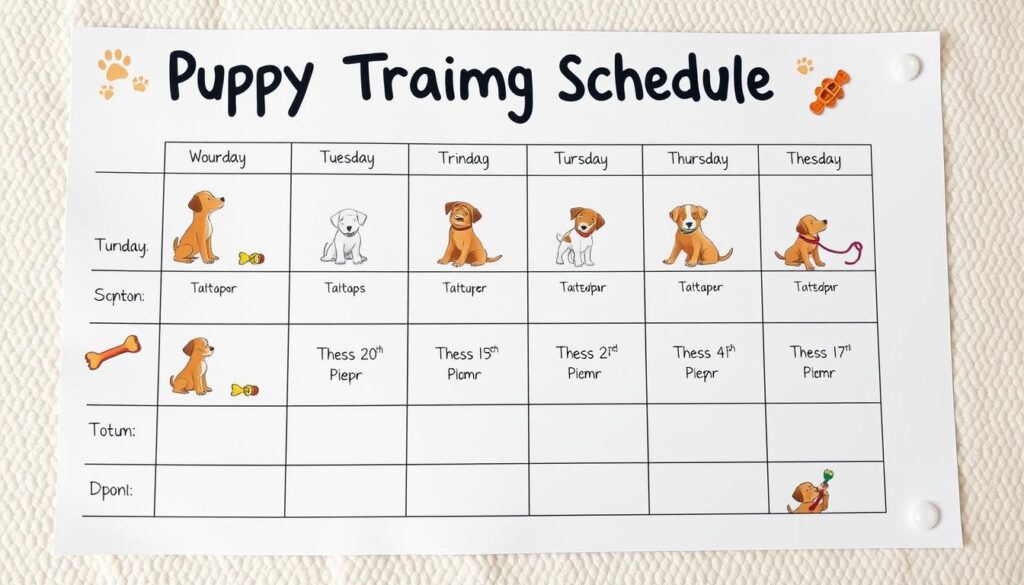
House Training Puppies: Tips for Success
House training puppies needs patience, consistency, and knowing their behaviors. This part talks about different ways to train, common mistakes, and using crates.
Puppy Potty Training Methods
Using good puppy potty training methods helps a lot. Here are some ways:
- Designated Potty Area: Pick a spot outside for potty breaks. It helps your puppy know where to go.
- Positive Reinforcement: Give treats or praise when they go outside. It makes them want to do it again.
- Frequent Breaks: Take them out often, after meals, play, or naps.
Common House Training Mistakes to Avoid
Staying away from common mistakes helps a lot. Here are some to avoid:
- Inconsistent Schedules: A regular schedule helps your puppy know when to go outside.
- Punitive Measures: Don’t scold them for accidents. It can make them scared and confused.
- Ignoring Signals: Watch for signs they need to go, like whining or circling.
Crate Training for Puppies: How and When to Start
Crate training is very helpful for house training. Here’s how to start:
- Introducing the Crate: Make the crate a nice place with treats and toys.
- Gradual Introduction: Start with short times in the crate. Then, make it longer as they get used to it.
- Using the Crate for Potty Training: Puppies usually don’t want to mess their sleeping area. So, the crate works well.

Conclusion
As you finish this guide to puppy training, remember a few key things. Patience, consistency, and love are very important. They help make your training a success.
Understanding your puppy’s growth stages is crucial. Using good training methods will help your puppy be well-behaved and happy.
Make sure to use the puppy training tips from this guide. Create a training plan to track your progress and bond with your pet. Every puppy is different, so adjust your training to fit your pup’s needs.
Looking for more ways to learn about puppy behavior and training? Keep learning to help you through the fun and challenges of raising a puppy. Enjoy every moment with your new furry friend!
